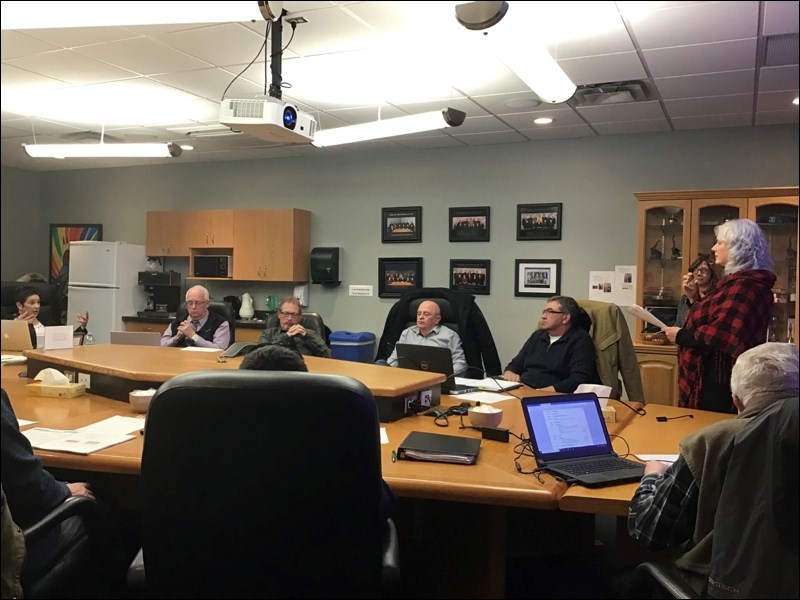Increasing literacy skills of students in the Living Sky School System was a main topic of discussion at their board meeting on Monday.
As part of their strategic updates, Superintendant Cathy Herrick presented the recent literacy data at the meeting. According to Herrick, this is something regularly presented to the school division in the fall and then again in February to plan their instruction for the year.
“We assessed all our Grade 1, 2 and 3 students in the fall and then the teachers use that data and then we assess them in May and the first part of June,” said Herrick. “What we are trying to do is measure growth.”
The data presented at this meeting was from the fall of 2019. According to the data for 2019-20 reading proficiency of all Grade 1-3 students, a total of 598 students, or 58 per cent, were classed as “proficient,” while 442 were listed as “not proficient.”
Of the 598, 266 were rated as having a reading level described as “mastery” of the material. Of the 442, 242 were rated as “beginning” and 198 as “approaching” proficiency.
This data will be now used as a baseline. The next step will be to measure the improvement shown by students throughout the year.
What they do, said Herrick, is “work with their schools and teachers to enhance their pedagogy so that make the most difference with kids in the time that they have in a school year.”
For those students struggling to get to grade level, tiered interventions are planned. The “Tier 3” interventions are the most intensive level, and are done in small groups with intensified language instruction over and above their usual English class.
The stated goal of the school division is to get 80 per cent of students reading at a proficient level by Grade 3, because data indicates a correlation between literacy proficiency at this early stage and graduation rates later on.
“If we can get our students reading at grade level by Grade 3, by the end of Grade 3, they have a higher percentage of being successful graduates.”
According to the report, all the elementary schools have been staffed with reading interventionist teachers, and high school support has also been added at North Battleford Comprehensive High School, Spiritwood High, Cando Community School and Cut Knife Community School. Staffing resources amounted to 15.5 teachers for $1.1 million in the elementary schools, and 1.8 staff and $121,000 in the high schools.
The schools have been using the provincial SK Reads model to teach and enhance literacy skills, but a somewhat different approach was being done at Connaught School.
Connaught used what is described as a “push-in” intervention model, described at the meeting as a program where for a half an hour each day in every classroom, anywhere from five or six teachers/staff are brought in to work in small groups with kids. The total over a school year would come to approximately 100 hours in a year.
That approach has produced some positive results.
“Connaught presented a while ago and told us how they have 90 percent of the kids at or above grade level in reading,” said Director of Education Brenda Vickers to reporters.
Trustee Ken Arsenault pointed to the success at Connaught at the meeting and wondered why that Connaught model hadn’t been expanded.
“We had great success, in my mind, when kids were going up two or three levels in that 100 hour period, and we don’t hear about that anymore,” said Arsenault.
Herrick responded some of their schools were beginning to explore that model and go that route.
But in speaking to the News-Optimist, one challenge identified was the need to build capacity in schools to be able to do this model successfully.
Herrick noted that to do the push-in model “you have to make sure you have other staff in your school that are trained to do that literacy instruction.”
Connaught, she said, spent several years training staff and “building that culture” of “everyone one of us is going to be good at doing small-group reading instruction.”



